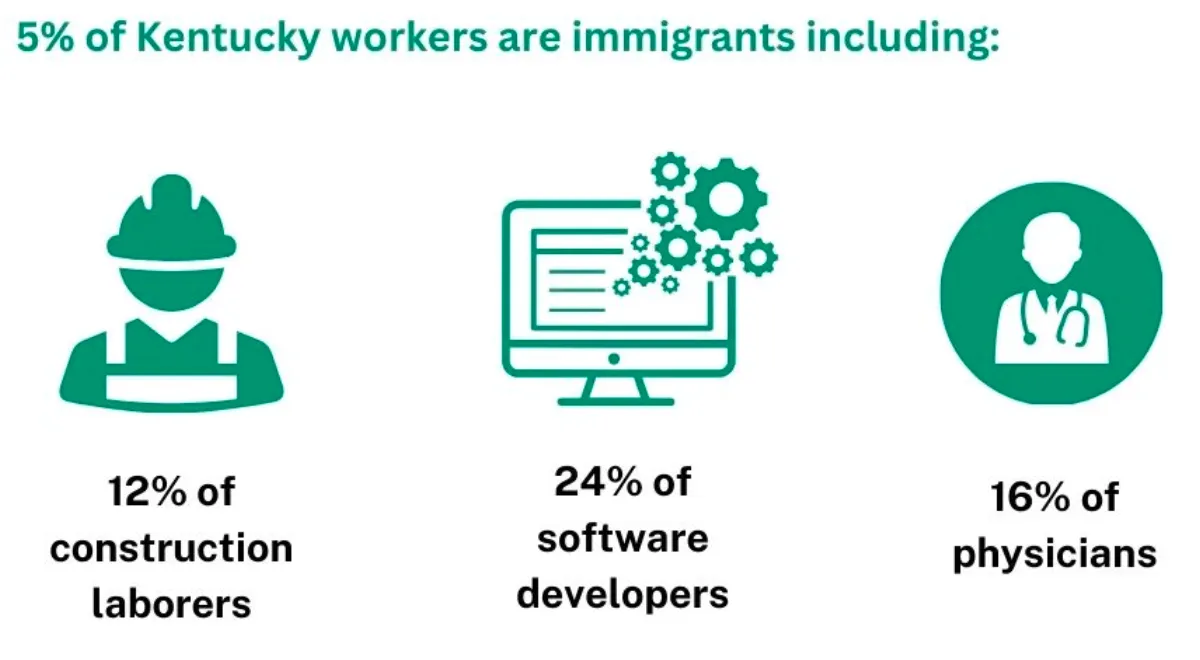Table of Contents
As citizens of the United States are in uncharted waters with the ascendency of Donald Trump to the Presidency of the United States, we are beginning to ask whether our institutions are strong enough to contain the authoritarian tendencies of an erratic President. A number of those institutions have indeed failed us, including the political parties, congressional oversight, and even our law enforcement agencies. The resistance of authoritarianism now relies on the leadership of several states, the courts, and the press. What if these institutions fail? The President and his allies attack both the press and courts on a daily basis. If the courts and the press fail us, will be forced to choose between submission and armed rebellion?
Fortunately, the answer is a resounding No. The best defense against authoritarianism is found in civil society itself. Our networks and voluntary associations are the ultimate defense against authoritarianism and tyranny. Mahatma Gandhi and Martin Luther King pioneered work on nonviolent resistance. They declared that the power of any government or institution always depends upon the consent of the governed. They showed us that nonviolent resistance could indeed be a powerful tool for social change. Most people agree that nonviolence should be the first mode of resistance, but if nonviolent resistance founders, then escalation to violence becomes the weapon of choice against authoritarianism and totalitarianism for many people.
 However, we now have compelling evidence from researchers Erica Chenoweth and Maria Stephen that nonviolent resistance is in fact more successful than armed resistance in bringing about difficult desired change. In their book Why Civil Resistance Works (available through Amazon and Carmichael’s), these authors looked at the results of hundreds of campaigns for social change, both nonviolent and armed, from 1900-2006. Overall, they found that nonviolent campaigns were roughly twice as likely to achieve campaign goals as violent campaigns. Chenoweth and Stephen also demonstrate that nonviolent action is not affected by the level of development in a society (e.g., economic development or literacy levels), by the type of opponent faced (Autocratic vs. Democratic), nor is there evidence that nonviolent campaigns happen primarily in campaigns that are less difficult than those attempted via armed resistance. Indeed, there are instances where civil-resistance campaigns have succeeded after armed resistance campaigns have failed.
However, we now have compelling evidence from researchers Erica Chenoweth and Maria Stephen that nonviolent resistance is in fact more successful than armed resistance in bringing about difficult desired change. In their book Why Civil Resistance Works (available through Amazon and Carmichael’s), these authors looked at the results of hundreds of campaigns for social change, both nonviolent and armed, from 1900-2006. Overall, they found that nonviolent campaigns were roughly twice as likely to achieve campaign goals as violent campaigns. Chenoweth and Stephen also demonstrate that nonviolent action is not affected by the level of development in a society (e.g., economic development or literacy levels), by the type of opponent faced (Autocratic vs. Democratic), nor is there evidence that nonviolent campaigns happen primarily in campaigns that are less difficult than those attempted via armed resistance. Indeed, there are instances where civil-resistance campaigns have succeeded after armed resistance campaigns have failed.


The success of nonviolent campaigns is ultimately tied to one key factor: broad participation. Nonviolent campaigns are successful when they mobilize a large number of people from the diverse groups for a sustained period of time. Moreover, in their sample, nonviolent resistance campaigns mobilized 4 times as many participants as armed resistance campaigns. Overall, they found that if an NVA campaign mobilizes 3.6% of the population in direct action, it almost always succeeds . This is due to the fact that nonviolent campaigns have fewer barriers to participation than do violent campaigns in terms of age, physical fitness, religious and moral objections, and degree of life disruption of a participants of life.
Chenoweth and Stephan also document that this diversity of participation tends to increase the strategic and tactical diversity, which in turn increases the sustainability of the noncooperation campaigns. One key difference is that violent campaigns INCREASE the level of support among key regime supporters, whereas a broad-based nonviolent campaign tends to ERODE support among such key supporters. For example, the regime support among the security services declines when they have to begin executing repression against people in their families and personal networks. It is for this reason that theorists routinely counsel that the success of a movement depends first and foremost on a disciplined and consistent enactment of nonviolence: nonviolent resistance creates uncertainty for authoritarians as to how to react, whereas violence strengthens their resolve.
The good news about NVA does not end here. Chenoweth and Stephen also found that successful NVA campaigns were much more likely to lead to democratic governance (NVA 57% vs. VA 6%). Countries where NVA campaigns succeeded were also less likely to relapse to armed civil conflict. By encouraging broad participation, nonviolent campaigns build social trust, amass social capital, and disperse power within society. This leads to a greater ability to hold civil authorities accountable. Moreover, people develop a strong belief in the efficacy of their institutions and in civil society.
Some of the book can be challenging for people who have little background in statistics, but overall the book is well written. Moreover, the book includes four detailed case studies of how nonviolent movements have succeeded and failed. The authors highlight the important conclusions and talk about many of the practical implications for those who plan NVA campaigns.
The book dispels many of the implicit beliefs that we have about the limitations of NVA campaigns. NVA campaigns sometimes fail, but relatively speaking they are much preferred to violent action in most circumstances for the reasons cited above.
Upon reading Why Civil Resistance Works once again, I am reassured concerning the potential challenges that we face in the age of Trump. If conventional political institutions and means fail, we can withdraw our consent and cooperation. We can systematically intervene to stop a runaway system in its tracks. We also know the magic number we need to accomplish this. Mobilizing 12 million people for active protest in strikes, street protests, boycotts, and noncooperation will be enough to restore and to renew government of, by, and for the people.
–30–







